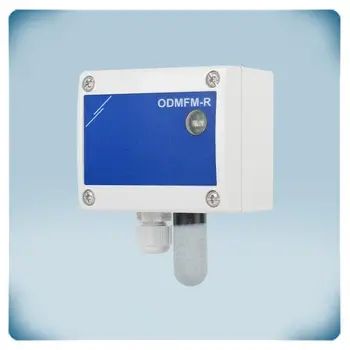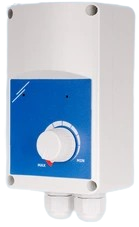Menu
ODMFM-R
OUTDOOR CO2 sensor | IP65 enclosure | PoM
Outdoor CO2 sensor for HVAC applications with 24 V DC PoM, combining Modbus RTU and power via a single RJ45 connector; measures temperature, humidity, CO2, and light, suitable for harsh environments, with replaceable sensor element and adjustable settings.
Description
HVAC transmitter for harsh environments
Measuring carbon dioxide (CO2) in harsh environments can be challenging, but it is crucial for various applications, including industrial processes, environmental monitoring, and safety assessments. Harsh environments may include high temperatures, high pressures, corrosive atmospheres, or remote and hard-to-reach locations.
People and animals produce CO2 or carbon dioxide while breathing. That makes CO2 concentration a good indicator for the occupancy and activity level in a space. In many applications, CO2 sensors are used as an indicator for the ventilation requirements. This HVAC transmitter measures temperature, relative humidity, CO2 and ambient light level. Based on the temperature and humidity measurement, the dew point is calculated. All these values are available via Modbus RTU. The enclosure is designed for harsh environments or outdoor applications.
No analogue outputs – only Modbus RTU communication
This sensor does not have analogue outputs which makes it simpler and more cost efficient. All measured values are available via the Modbus input registers of this sensor. Reading the measured values is possible via SenteraWeb – our online HVAC platform, via 3SModbus software, via a BMS system or via another Modbus master device. Modbus has numerous advantages. The most important ones are that digital signals are less susceptible to interference than analogue signals and that longer cables can be used. Cable lengths of up to 1.000 meters are possible.
NDIR sensor technology
NDIR or Non-dispersive Infrared technology is used to measure the CO2 level. This technology offers a low life-cycle cost and a precise and stable long-term operation.
Reduced installation time
This sensor can be connected with just one RJ45 connector. Power over Modbus (PoM) refers to the connection of Modbus RTU communication and a 24 V DC power supply via a single UTP cable. Modbus RTU communication makes all measured values available. To make wiring easier, we recommend using Sentera 24 V DC power supplies with RJ45 connectors. These power supplies provide short-circuit, overload, and overvoltage protection. A supply voltage of 24 V DC improves the safety and reliability of your installation.
Easy to use
This sensor requires very little configuration. Once installed, it is almost directly ready to use. Temperature and relative humidity are frequently region- and season-specific. These parameters are still set to the correct values during installation. The other default settings are likely to be adequate for most applications. They can, however, be adjusted using the respective Modbus registers if necessary. The Modbus register map provides a complete overview of all adjustable settings.
Self-calibrating to compensate sensor drift
The ABC logic self-calibrating algorithm is by default enabled. This algorithm is designed to be used in applications where CO2 concentrations will drop to outside ambient conditions (400 ppm) at least once (15 minutes) in a 7day period, which is typically seen during unoccupied periods. The sensor will reach its operational accuracy after 25 hours of continuous operation at a condition that it was exposed to ambient reference levels of air at 400 ppm ± 10 ppm CO2.
Harsh environments
The enclosure offers an IP65 protection against ingress of dust and water. Each sensor is calibrated and tested in our factory. We use sensor elements and components of high quality. This ensures the long-term stability and accuracy of this HVAC transmitter. To ensure optimal performance, the sensor should be protected from direct sunlight. To protect this sensor from too bright sun, rain or snow, we have designed a special cover cap – AWP-10-13-13 – that fits perfectly over the sensor, further ensuring its proper functioning.
EU declaration conformity
Download(610 KB)Datasheet
Download(2 MB)Modbus register map
Download(213 KB)Mounting instruction
Download(901 KB)Browse Products by Category
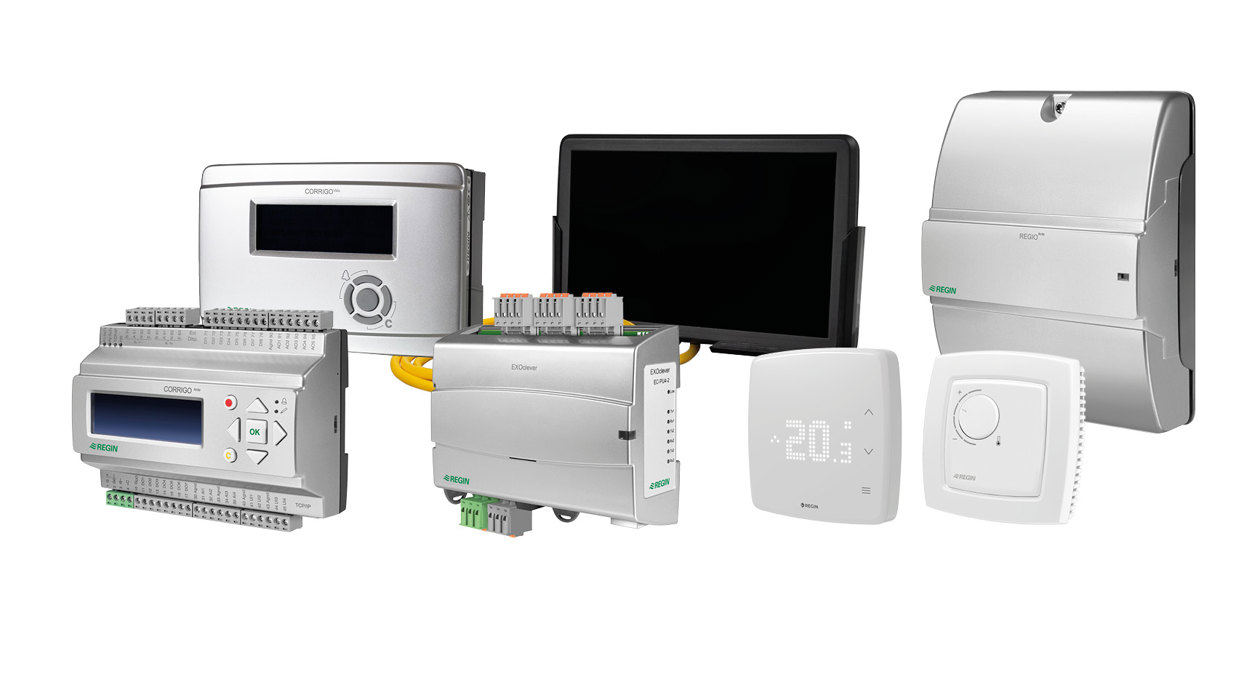
Controllers
Advanced controllers offering flexible solutions for heating, ventilation, cooling, and room control.
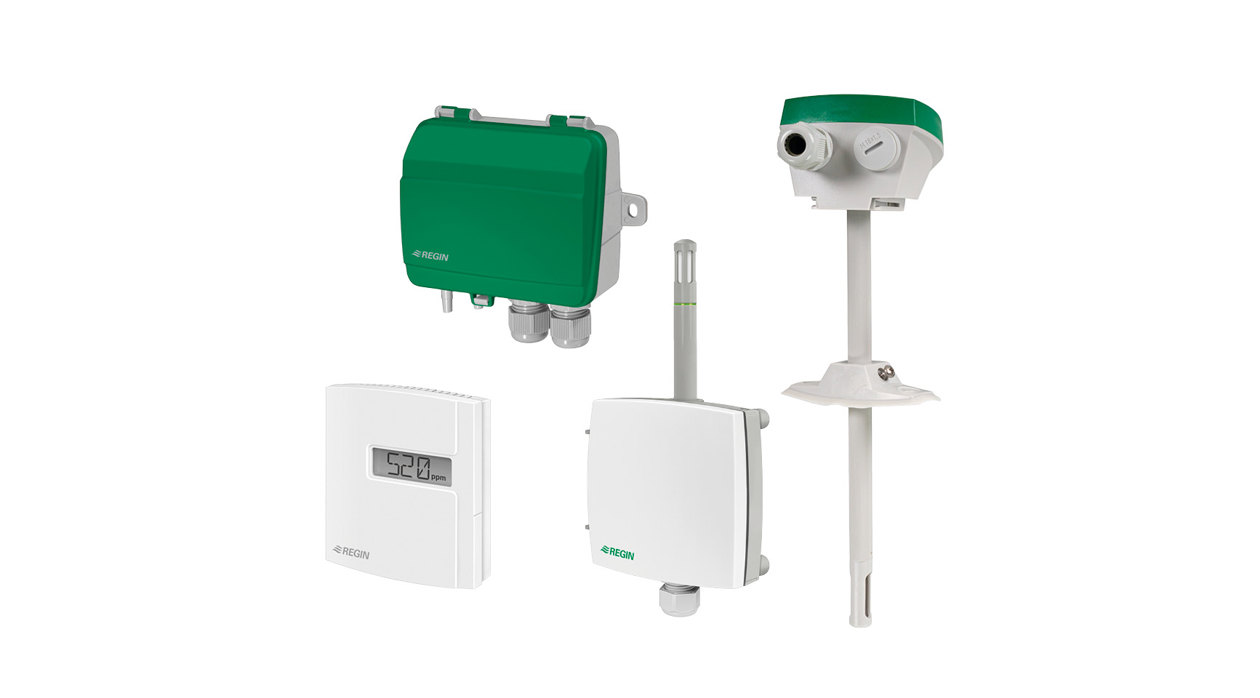
Transmitters
Precision transmitters for accurate data measurement, integrating seamlessly with building automation systems.

Switches
Reliable switches for precise control in building automation, ensuring efficiency and seamless integration.

Detectors
Advanced detectors for smoke and motion detection, ensuring safety and automation integration.
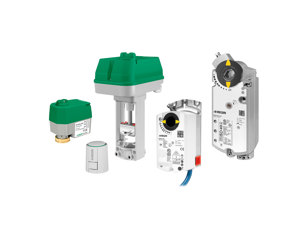
Actuators
Actuators offering precise control for valve and damper systems in building automation.
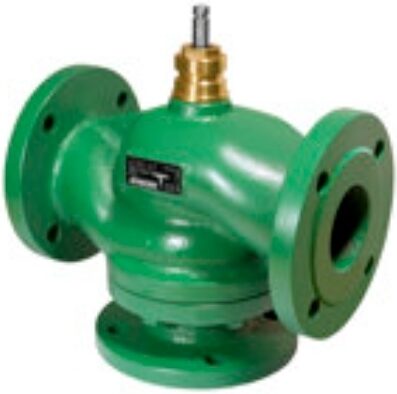
Valves
High-performance control valves designed for efficient, reliable automation in heating, cooling, and ventilation systems.

